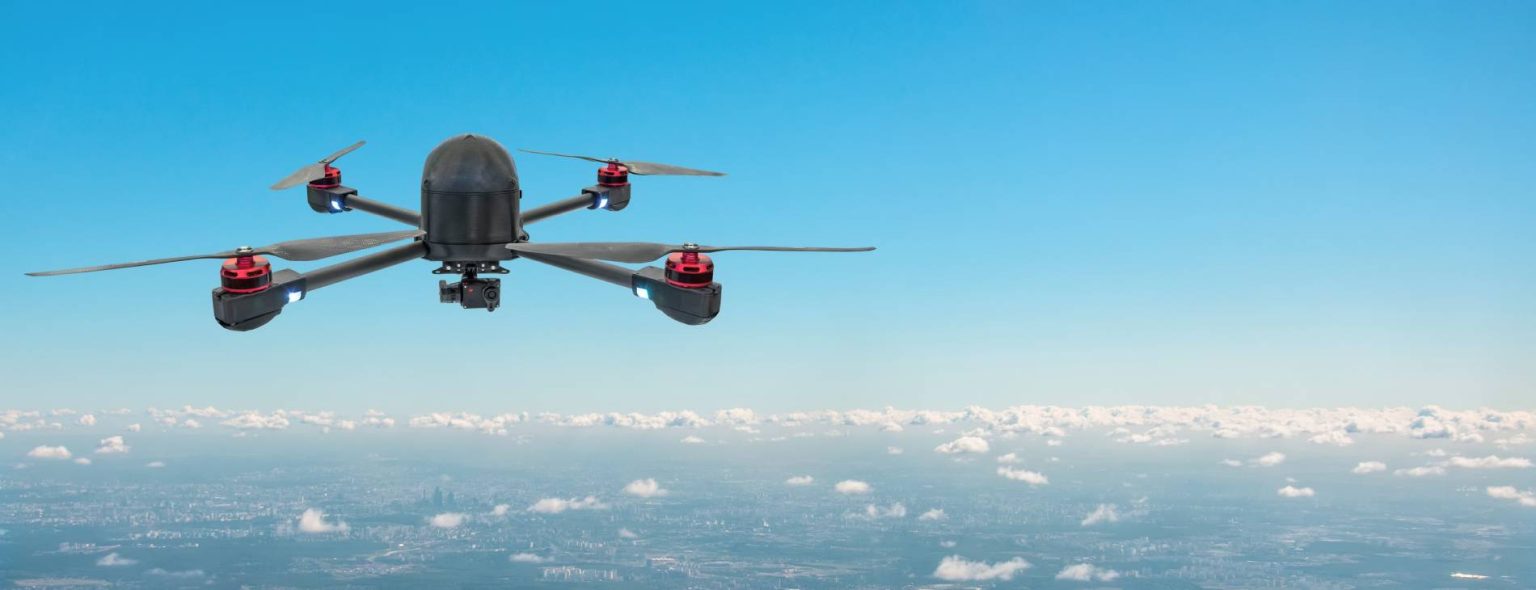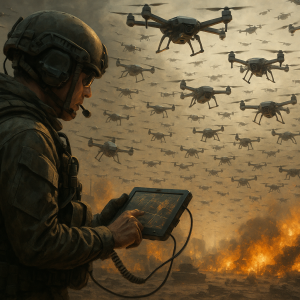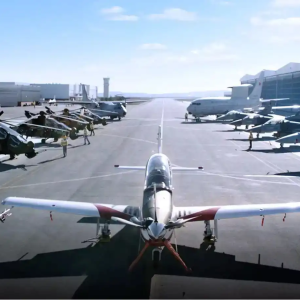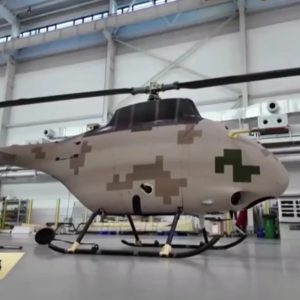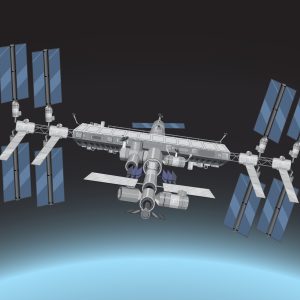The Future of Drone-Based CBRN Detection Systems. As we delve into the intricacies of these systems, we will explore how they enhance European defence capabilities and the broader implications for global security.
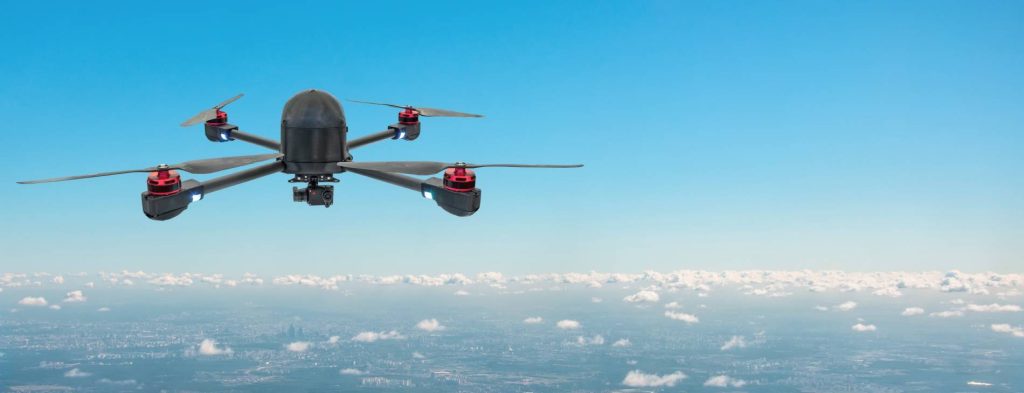
The Evolution of CBRN Detection Systems
CBRN threats have long posed significant challenges to national and international security. Traditional methods of detection and response often involve substantial risks to personnel and can be limited in scope and speed. The advent of unmanned aerial vehicles (UAVs), commonly known as drones, has revolutionized this field, offering unprecedented capabilities in terms of mobility, flexibility, and safety.
Historical Context and Early Developments
The initial efforts to address CBRN threats date back to the Cold War, with a primary focus on protecting military personnel and civilian populations from potential attacks. Early detection systems were largely ground-based and required substantial infrastructure. These systems, while effective to some extent, were often hampered by their limited range and slow response times.
The introduction of UAVs into the defense sector marked a significant turning point. Initially used for surveillance and reconnaissance, drones quickly demonstrated their potential for a wide range of applications, including CBRN detection. The integration of sophisticated sensors and autonomous navigation systems allowed drones to operate in hazardous environments, providing real-time data without endangering human lives.
The Mechanics of Drone-Based CBRN Detection Systems
Understanding the technical aspects of drone-based CBRN detection systems is crucial to appreciating their impact on modern defense strategies. These systems comprise several key components, each playing a vital role in ensuring accurate and timely detection of hazardous substances.
Sensor Technology
At the heart of any CBRN detection system lies the sensor technology. Modern drones are equipped with an array of sensors capable of detecting chemical, biological, radiological, and nuclear substances. These sensors include:
- Chemical Sensors: Utilize spectrometry techniques to identify specific chemical compounds in the air.
- Biological Sensors: Employ advanced bio-sensing technologies to detect pathogens and biological agents.
- Radiological Sensors: Use Geiger-Müller tubes or scintillation detectors to measure radiation levels.
- Nuclear Sensors: Specialized sensors that detect fissile material and other nuclear substances.
Data Processing and Analysis
The data collected by these sensors is transmitted to a central processing unit, either onboard the drone or at a remote command center. Here, sophisticated algorithms analyze the data in real-time, identifying potential threats and determining their nature and concentration. This information is then relayed to decision-makers, enabling swift and informed responses.
Autonomous Navigation and Control
Modern drones are equipped with advanced autonomous navigation systems that allow them to operate with minimal human intervention. These systems use GPS, inertial measurement units (IMUs), and other navigation aids to precisely control the drone’s flight path. Additionally, obstacle detection and avoidance systems ensure safe operation in complex environments.
Communication Systems
Effective communication is critical for the successful deployment of drone-based CBRN detection systems. Drones are equipped with robust communication systems that enable real-time data transmission to ground stations and other drones in a swarm. This ensures a coordinated and comprehensive approach to threat detection and response.
Applications and Advantages in European Defence
The adoption of drone-based CBRN detection systems offers numerous advantages for European defence. These systems enhance the capabilities of military and civilian agencies in several key areas.
Enhanced Surveillance and Reconnaissance
Drones equipped with CBRN detection capabilities can conduct extensive surveillance and reconnaissance missions over vast areas. This enables the early detection of potential threats, providing critical information to decision-makers and allowing for proactive measures to be taken.
Rapid Response and Deployment
The mobility and speed of drones allow for rapid deployment in response to CBRN incidents. Unlike traditional ground-based systems, drones can quickly reach affected areas, providing real-time data that is essential for effective response and mitigation efforts.
Reduced Risk to Personnel
One of the most significant advantages of using drones for CBRN detection is the reduction in risk to human personnel. By operating in hazardous environments, drones can gather critical information without exposing individuals to potential harm. This not only enhances safety but also ensures a more efficient and effective response.
Cost-Effectiveness
While the initial investment in drone-based CBRN detection systems can be substantial, they offer significant long-term cost savings. The ability to quickly and accurately detect threats reduces the need for extensive ground-based infrastructure and personnel, resulting in lower operational costs.
Scalability and Flexibility
Drone-based systems are highly scalable and can be easily adapted to meet the specific needs of different missions. Whether deployed individually or as part of a larger swarm, drones provide a flexible solution that can be tailored to a wide range of scenarios.
Case Studies and Real-World Implementations
To illustrate the impact of drone-based CBRN detection systems, it is useful to examine several real-world case studies and implementations within European defence.
Case Study 1: CBRN Incident Response in Urban Environments
In urban environments, the rapid detection and response to CBRN threats are particularly challenging due to the dense population and complex infrastructure. In one notable case, a European city implemented a drone-based CBRN detection system to enhance its emergency response capabilities.
During a simulated chemical attack, drones equipped with chemical sensors were deployed across the city. Within minutes, the drones identified the presence of hazardous substances and mapped their dispersion patterns. This information was relayed to emergency responders, who were able to quickly contain the threat and evacuate affected areas, minimizing casualties and exposure.
Case Study 2: Border Security and CBRN Threat Detection
Securing national borders against CBRN threats is a critical component of European defence. In a recent project, a border security agency deployed drones to monitor and detect potential CBRN threats along a particularly vulnerable border region.
The drones conducted regular patrols, using their advanced sensors to detect any signs of chemical, biological, radiological, or nuclear materials. When a suspicious activity was detected, the drones provided real-time data to ground units, enabling them to intercept and neutralize the threat before it could cross into national territory.
Case Study 3: Military Applications in Conflict Zones
In conflict zones, the ability to detect and respond to CBRN threats can be the difference between life and death. European military forces have increasingly relied on drone-based CBRN detection systems to enhance their operational capabilities.
During a recent military operation, drones were deployed to survey a suspected chemical weapons facility. The drones’ sensors confirmed the presence of hazardous substances, allowing commanders to plan a targeted and safe response. The drones continued to provide real-time data throughout the operation, ensuring the safety of personnel and the successful neutralization of the threat.
Future Trends and Developments
As technology continues to advance, the capabilities of drone-based CBRN detection systems are expected to expand further. Several key trends and developments are likely to shape the future of this field.
Integration with Artificial Intelligence and Machine Learning
The integration of artificial intelligence (AI) and machine learning (ML) with drone-based CBRN detection systems promises to enhance their capabilities significantly. AI and ML algorithms can analyze vast amounts of data more quickly and accurately than traditional methods, improving threat detection and response times.
Advancements in Sensor Technology
Ongoing research and development in sensor technology are expected to yield more sensitive and accurate detection capabilities. Innovations such as nanotechnology-based sensors and biosensors will enhance the ability to detect even trace amounts of hazardous substances.
Swarm Technology and Cooperative Drones
The use of swarm technology, where multiple drones operate in a coordinated manner, is set to revolutionize CBRN detection. Swarms of drones can cover larger areas more efficiently, share data in real-time, and provide a more comprehensive picture of potential threats.
Enhanced Communication and Networking Capabilities
Advancements in communication and networking technologies will further improve the effectiveness of drone-based CBRN detection systems. The development of 5G networks and other high-speed communication systems will enable faster data transmission and more reliable connections between drones and command centers.
Regulatory and Policy Considerations
As drone technology becomes more prevalent, regulatory and policy considerations will play a crucial role in shaping its deployment. Ensuring that legal frameworks keep pace with technological advancements will be essential to fully realizing the potential of drone-based CBRN detection systems.
Conclusion
The integration of drone-based CBRN detection systems represents a significant advancement in European defence capabilities. By leveraging cutting-edge sensor technology, autonomous navigation, and robust communication systems, these drones provide a powerful tool for detecting and responding to CBRN threats.
The advantages of drone-based systems, including enhanced surveillance, rapid response, reduced risk to personnel, cost-effectiveness, and flexibility, make them an invaluable asset in the modern defence landscape. Real-world case studies highlight their effectiveness in a variety of scenarios, from urban environments to border security and military operations.
Looking ahead, the future of drone-based CBRN detection systems is bright, with ongoing advancements in AI, sensor technology, swarm technology, and communication capabilities. As these systems continue to evolve, they will undoubtedly play an increasingly vital role in ensuring the safety and security of nations across Europe and beyond.
In an era where threats constantly evolve, the ability to detect and accurately detect and respond to CBRN incidents is more important than ever. Drone-based CBRN detection systems offer a forward-looking solution that enhances the resilience and preparedness of European defence forces, safeguarding both military personnel and civilian populations.

